Cold Hardy Shrubs – Popular Shrubs With Winter Interest
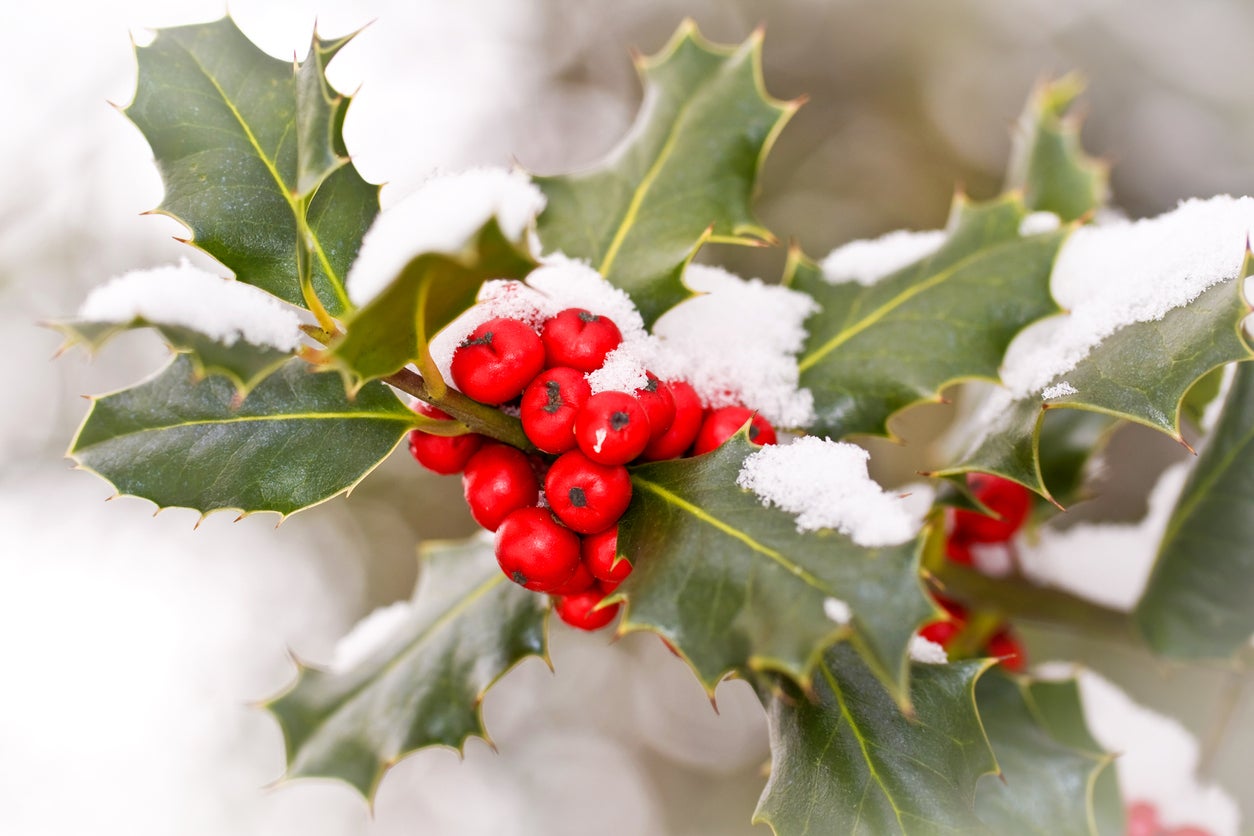

All shrubs look great in spring when new leaves or blossoms cover the branches. Some can add interest to a garden in winter as well. Shrubs for winter don’t have to be evergreens to be ornamental in the colder months. Some shrubs with winter interest have brightly colored stems or fruit that remain on the branches as autumn turns into winter. For more information about winter shrubs, read on.
Choosing Shrubs for Winter
Fall can bring brilliant and fiery displays as leaves turn different reds and yellows. Eventually, the colors fade and winter gray blankets all. If you choose your backyard shrubs carefully, however, they can add color and interest to the garden.
Which plants make good winter shrubs? It is important to pick cold hardy shrubs that thrive in your hardiness zone. In addition, look for shrubs that offer ornamental qualities when their leaves are gone.
Fruiting Shrubs to Grow in Winter
When winter arrives, you’ll be glad to have shrubs with winter interest in your backyard. Trees that hold onto fruit into the winter months are often very ornamental.
Winterberry hollies (Ilex verticillata) are popular choices for shrubs to grow in winter. These native shrubs lose their leaves in winter, but the red holly berries stay on the branches almost until spring. Wild birds feed on the fruit.
There are many other shrubs that hold onto fruit throughout winter. These cold hardy shrubs include:
- American cranberry bush viburnum (Viburnum trilobum)
- Staghorn sumac (Rhus typhina)
- Beautyberry (Callicarpa americana)
- Possumhaw viburnum (Viburnum nudum)
Winter Shrubs with Beautiful Bark
If a deciduous shrub has beautiful or unusual bark, it can become a focal point in winter. The Redosier dogwood shrub (Cornus sericea), a type of red-twig dogwood, displays brilliant red stems once autumn leaves fall. This makes it a great winter shrub to have.
Gardening tips, videos, info and more delivered right to your inbox!
Sign up for the Gardening Know How newsletter today and receive a free copy of our e-book "How to Grow Delicious Tomatoes".
Coral bark willows (Salix alba ‘Britzensis’) also stand out as a winter shrub. Their pale orange bark adds color to the garden.
Shrubs with exfoliating bark are especially lovely shrubs for winter. Consider planting a paperbark maple (Acer griseum). When its leaves fall, you can admire the cinnamon-hued peeling bark that is the texture of paper.
Another you could select is the Japanese stewartia (Stewartia pseudocamellia). Its bark peels back to expose hues of brown, silver, and gold.

Teo Spengler is a master gardener and a docent at the San Francisco Botanical Garden, where she hosts public tours. She has studied horticulture and written about nature, trees, plants, and gardening for more than two decades. Her extended family includes some 30 houseplants and hundreds of outdoor plants, including 250 trees, which are her main passion. Spengler currently splits her life between San Francisco and the French Basque Country, though she was raised in Alaska, giving her experience of gardening in a range of climates.
-
 Moody Blooms For Spring: 8 Types Of Black Flowers To Add Drama To Spring Displays
Moody Blooms For Spring: 8 Types Of Black Flowers To Add Drama To Spring DisplaysFrom midnight burgundies to inky violets, several types of black flowers can enrich and embolden a spring display. Try these brooding bloomers for a moody garden
By Tonya Barnett
-
 Can Snake Plants Live Outside? Everything You Need To Know For Snake Plants Al Fresco
Can Snake Plants Live Outside? Everything You Need To Know For Snake Plants Al FrescoSnake plants can live outside given the right conditions, but be careful that they don't take over! Learn the best way to use snake plants in your landscape.
By Mary Ellen Ellis
-
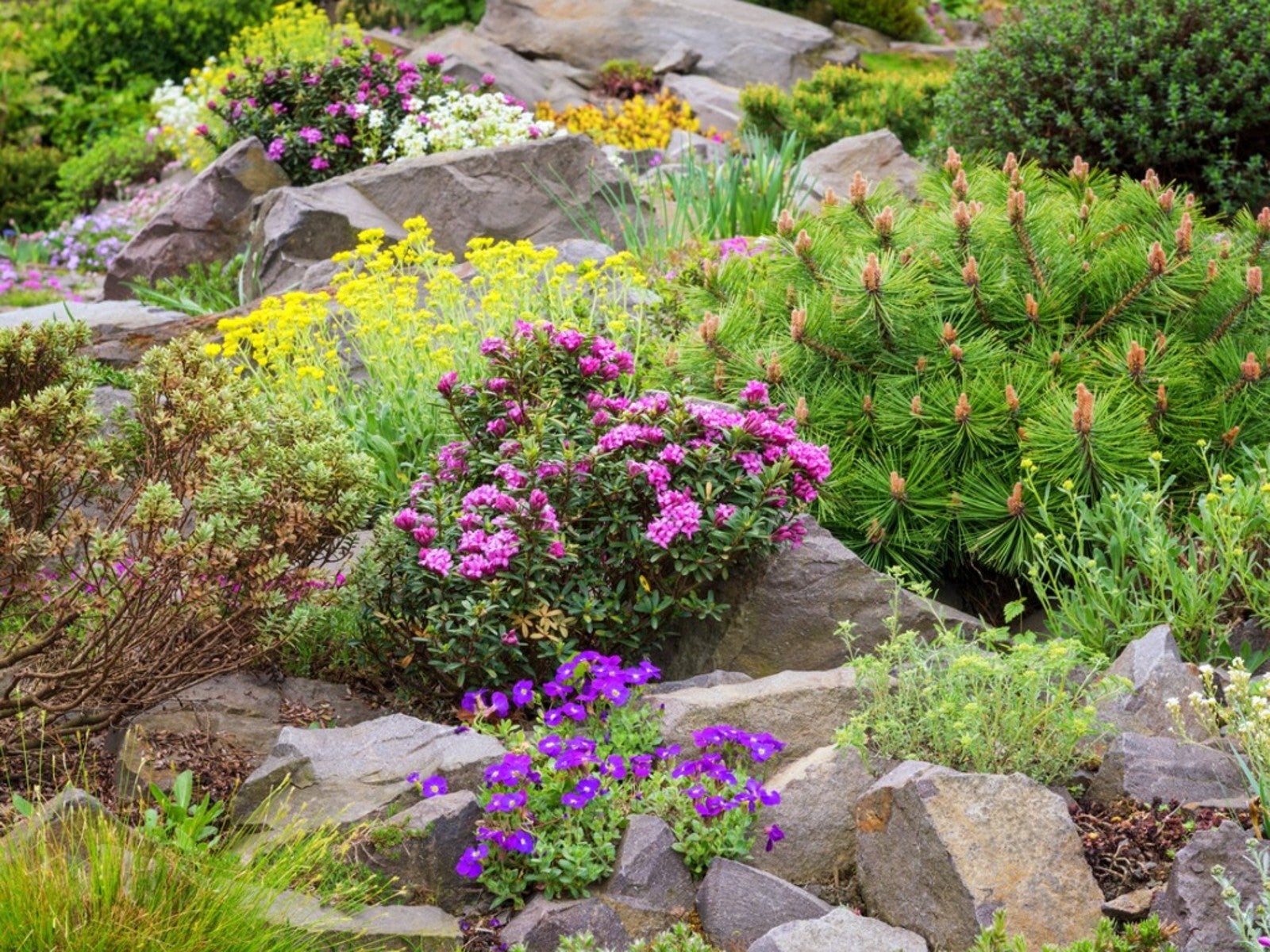 Best Short Bushes For Erosion Control
Best Short Bushes For Erosion ControlErosion is a serious problem that can be solved with the right plants. Read about some low-growing shrubs that can help with erosion control.
By Bonnie L. Grant
-
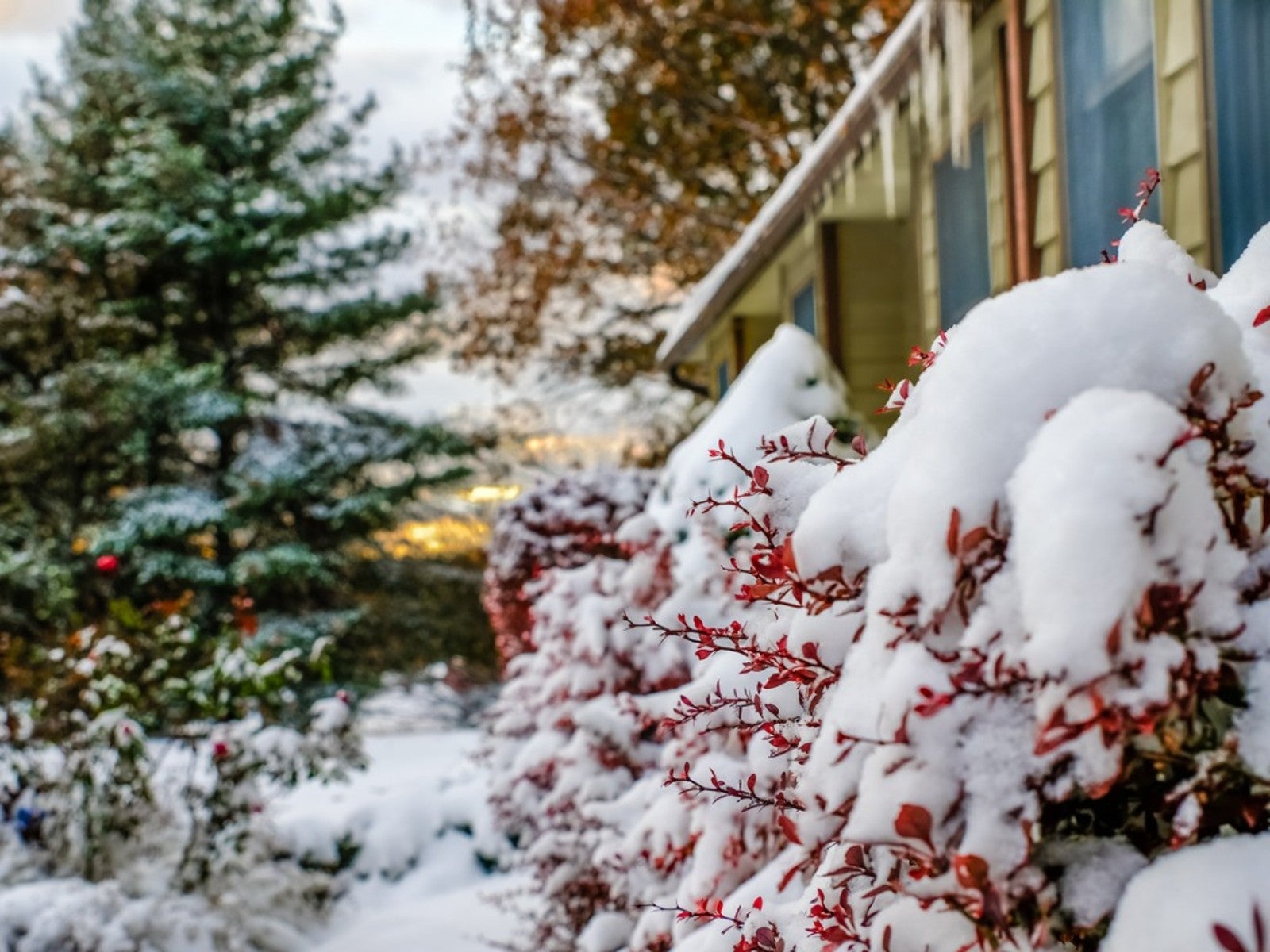 Super Hardy Shrubs And Trees For Northern Climates
Super Hardy Shrubs And Trees For Northern ClimatesWhat are the most cold hardy shrubs and trees for northern climates? Click here to find out.
By Teo Spengler
-
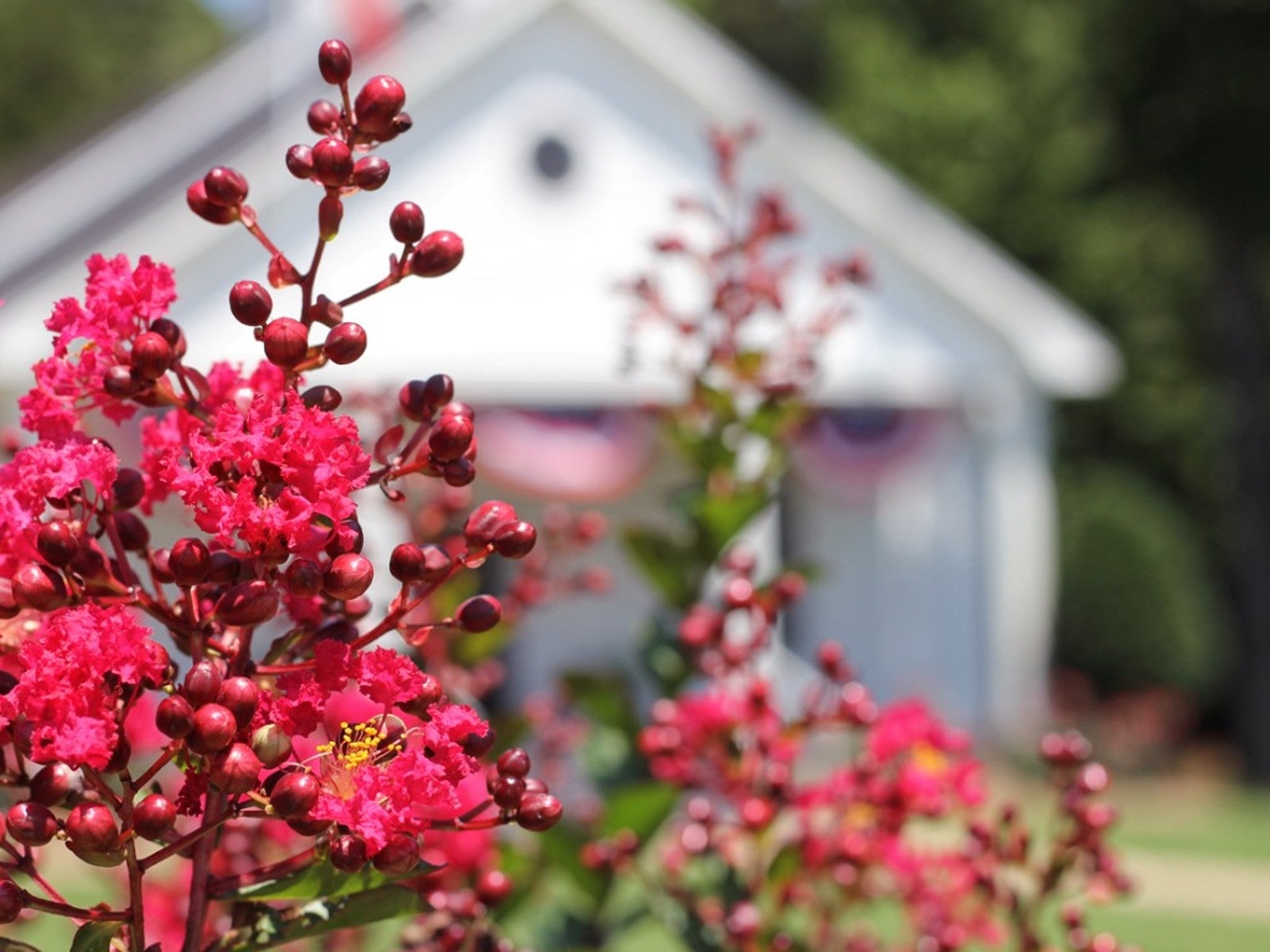 Flowering Shrubs That Like Full Sun And Heat
Flowering Shrubs That Like Full Sun And HeatSome types of flowering shrubs love full sun and summer heat. Read on for full sun shrub suggestions.
By Teo Spengler
-
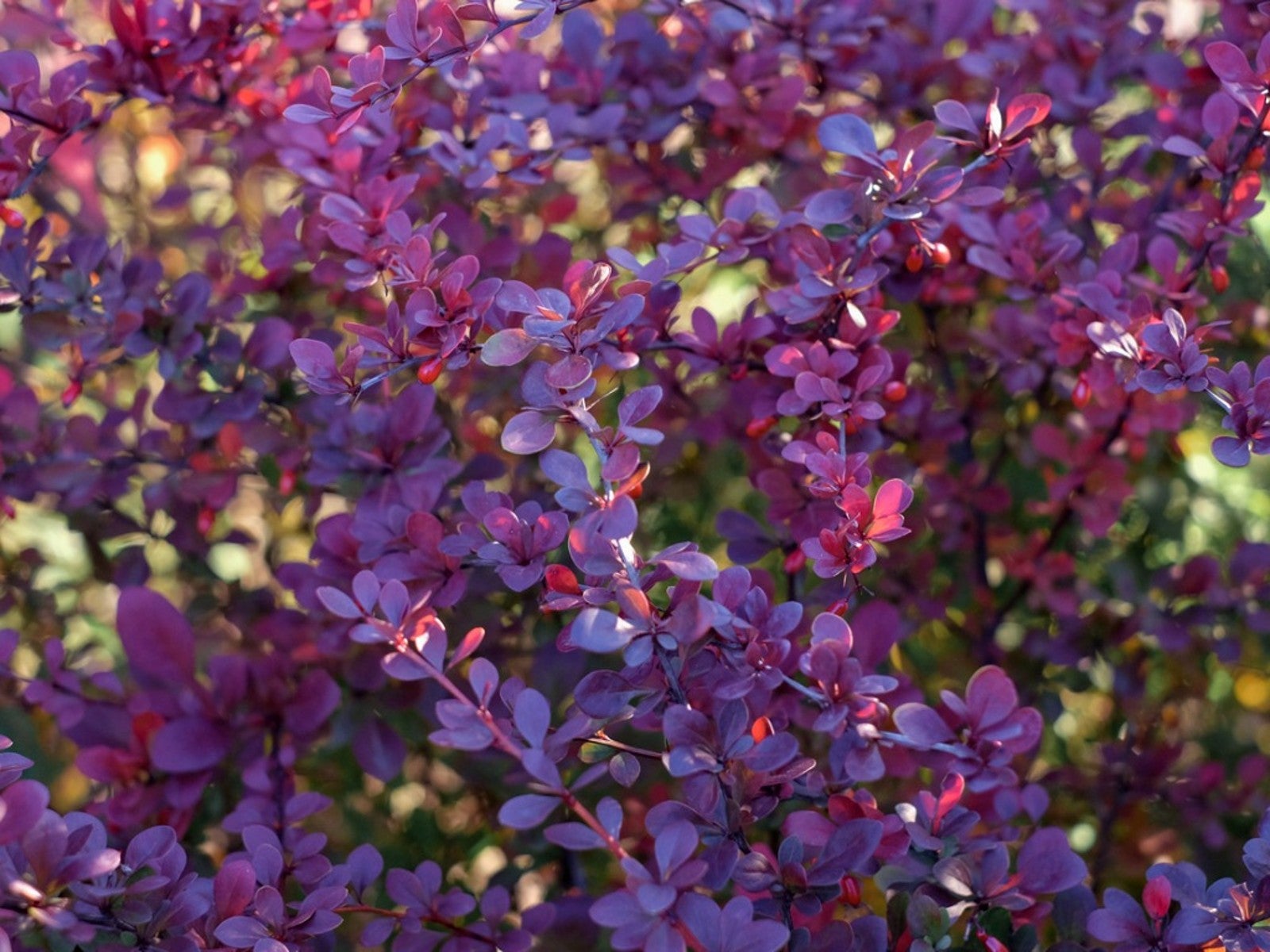 Types Of Shrubs With Purple Leaves
Types Of Shrubs With Purple LeavesIn a garden full of greens and pastels, many gardeners use purple bushes and shrubs for a touch of drama. Here are our favorites.
By Teo Spengler
-
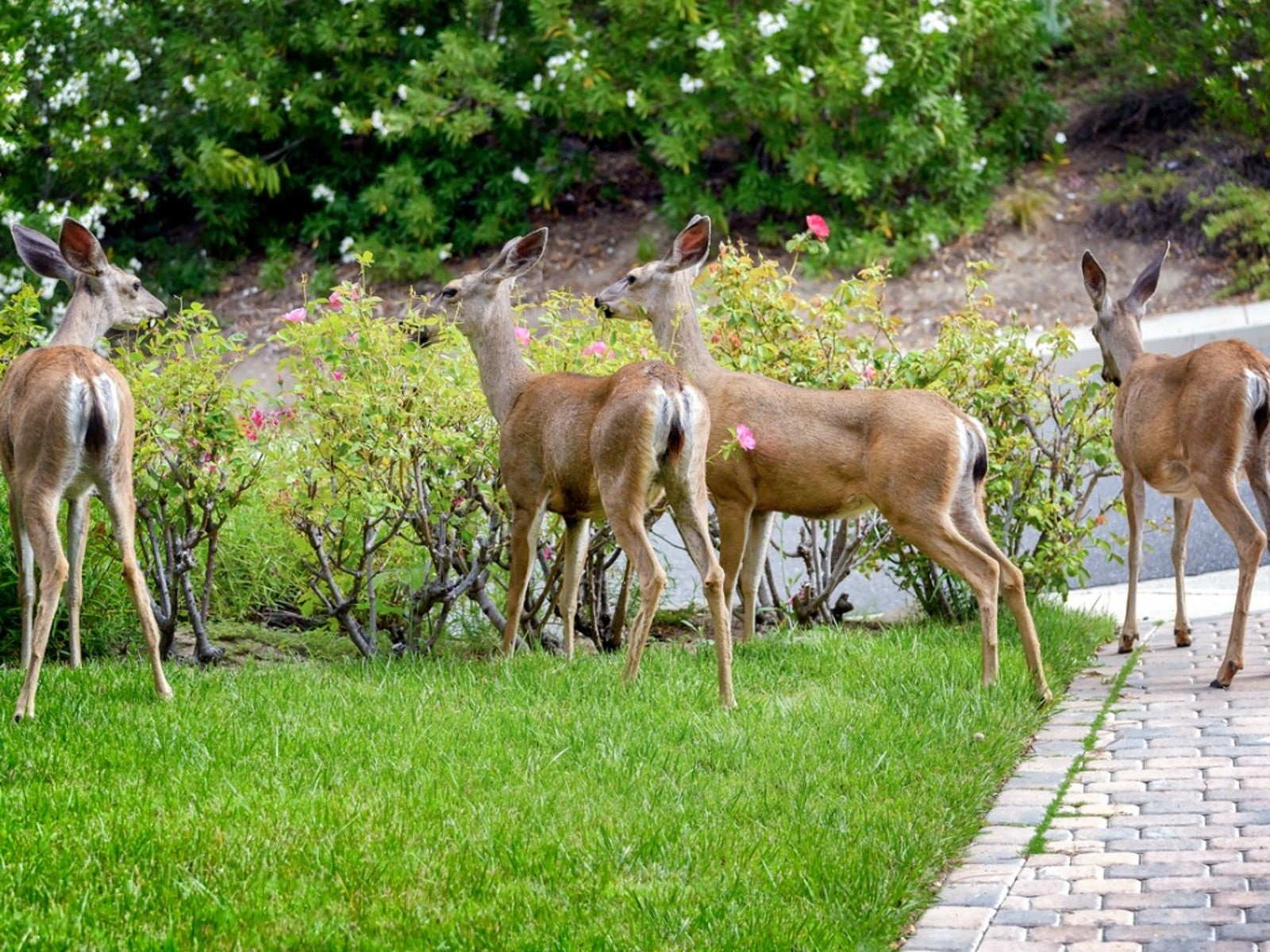 Flowering Shrubs That Are Deer Resistant
Flowering Shrubs That Are Deer ResistantThere is almost nothing a deer will not eat if it is hungry enough, but some plants are better than others. Read on for information on flowering deer resistant shrubs.
By Teo Spengler
-
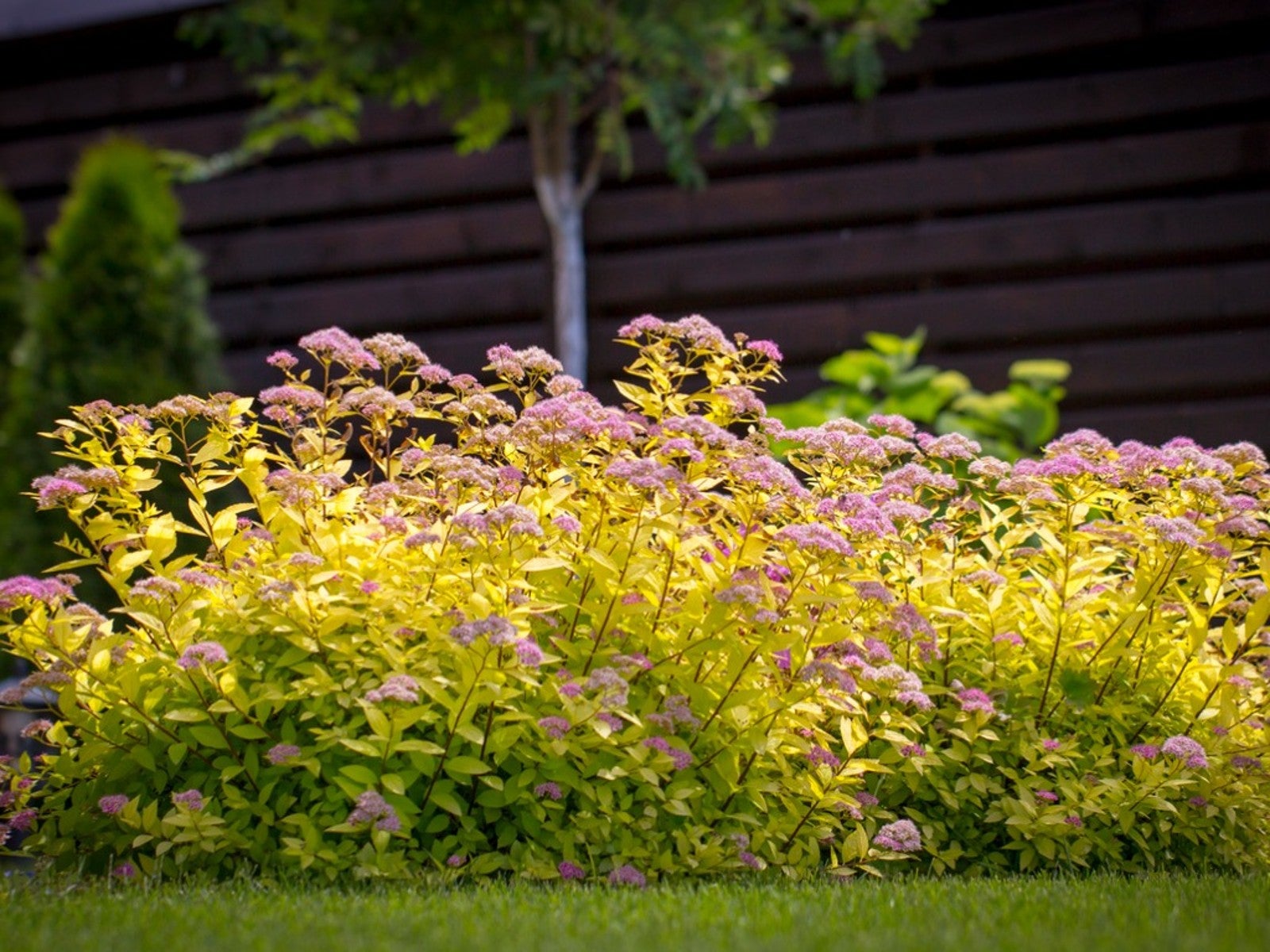 Blooming Invasive Bushes To Avoid
Blooming Invasive Bushes To AvoidWhen it comes to pretty flowers on honeysuckle, scotch broom, and butterfly bush, invasiveness hasn’t always mattered. Today, gardeners know better.
By Mary Ellen Ellis
-
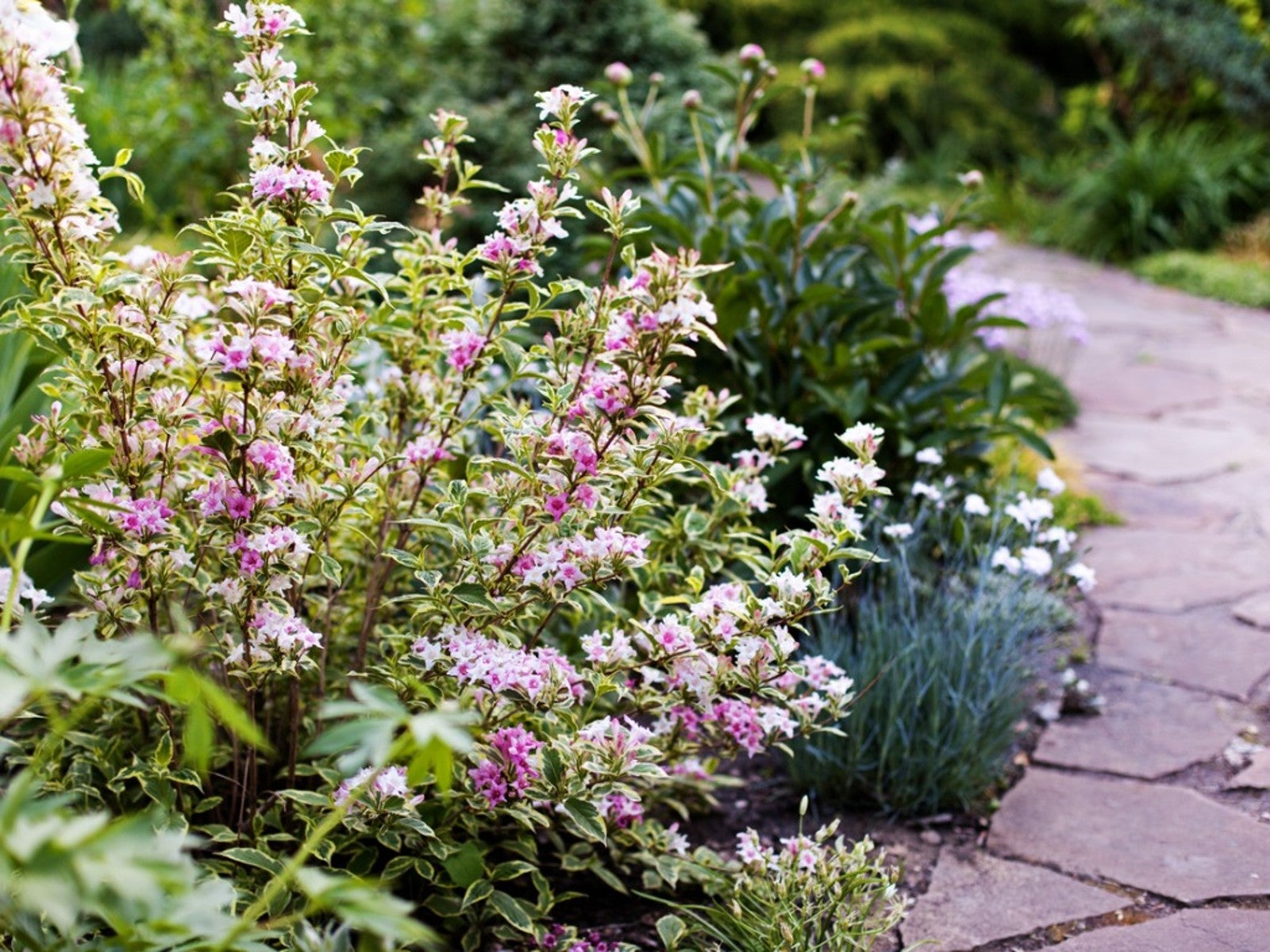 Easy To Care For Flowering Bushes
Easy To Care For Flowering BushesFlowering shrubs are a joy in the landscape, but many gardeners worry about maintenance. Read on for ideas on easy care flowering bushes.
By Teo Spengler
-
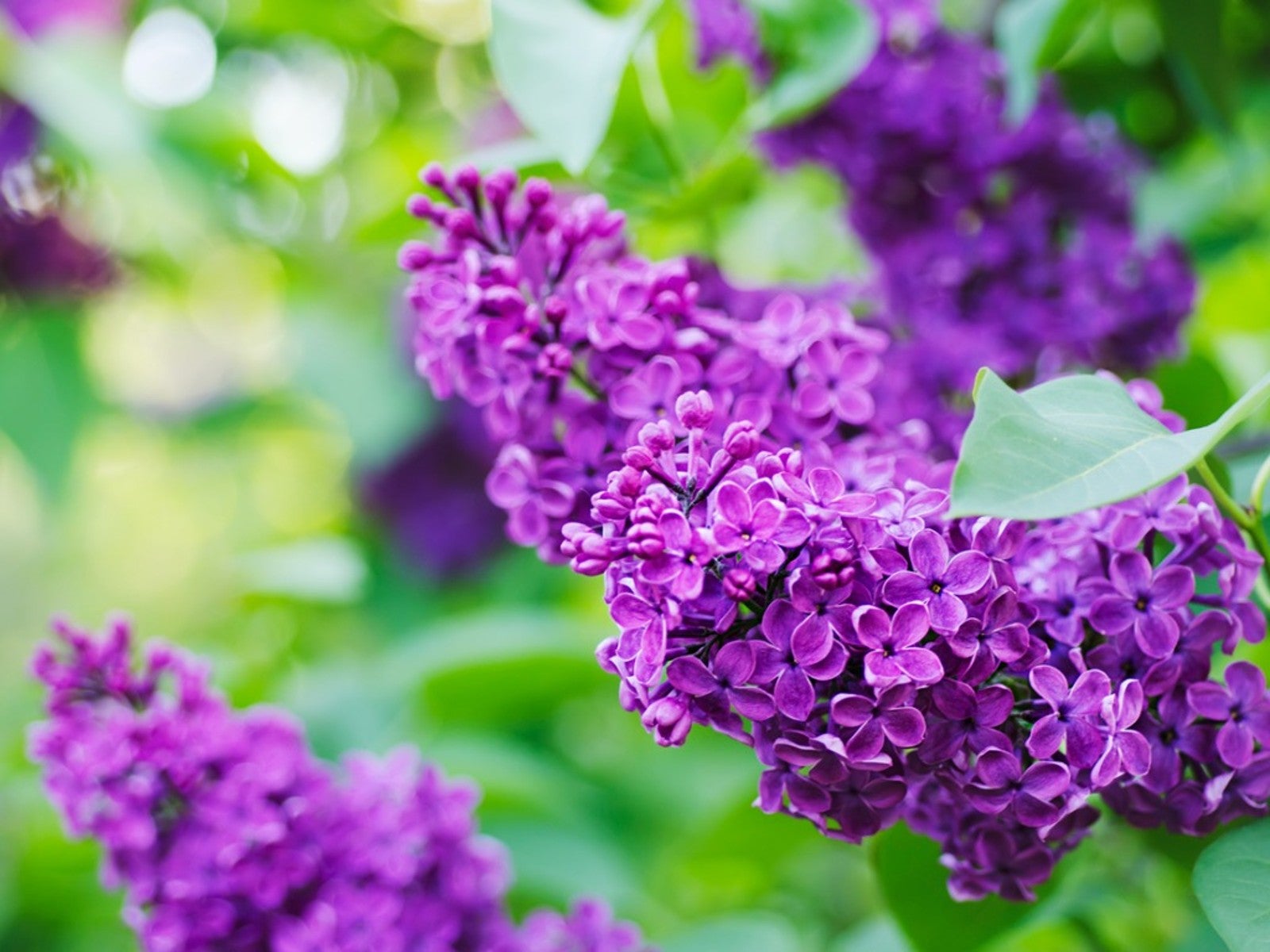 Pretty Purple Flowering Shrubs
Pretty Purple Flowering ShrubsAll flowering shrubs add interest and color to the garden, so why not pick purple? Here are our top recommendations.
By Teo Spengler